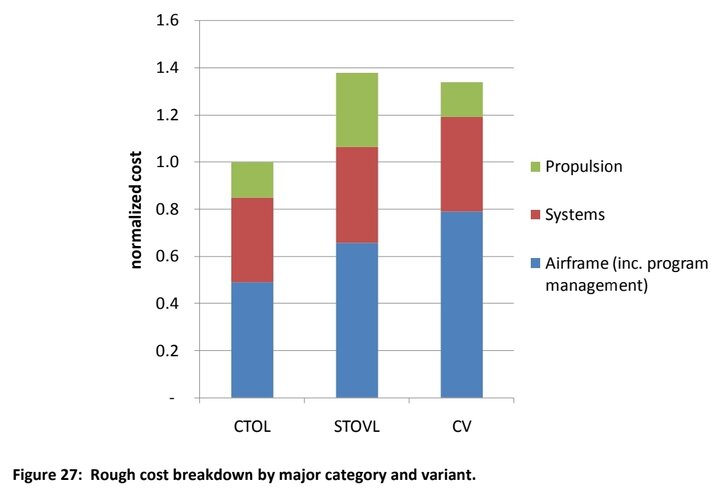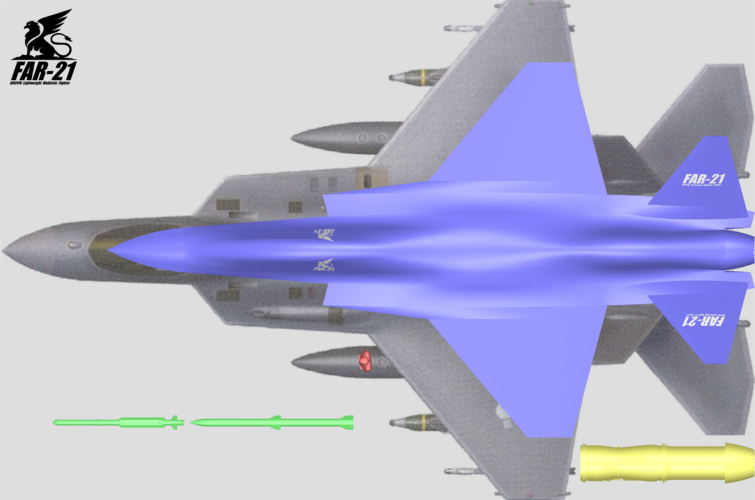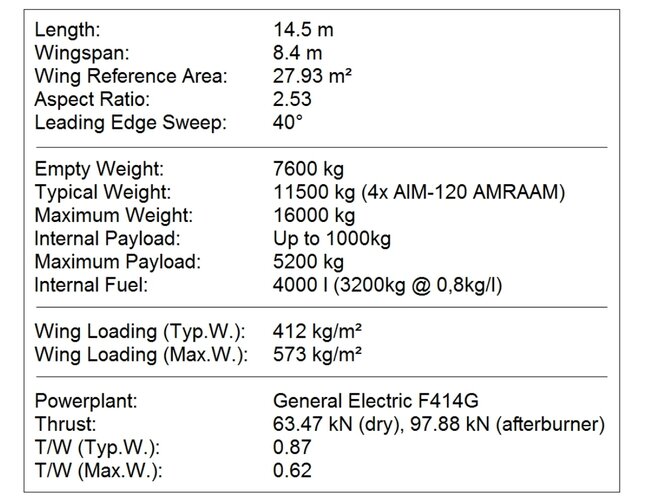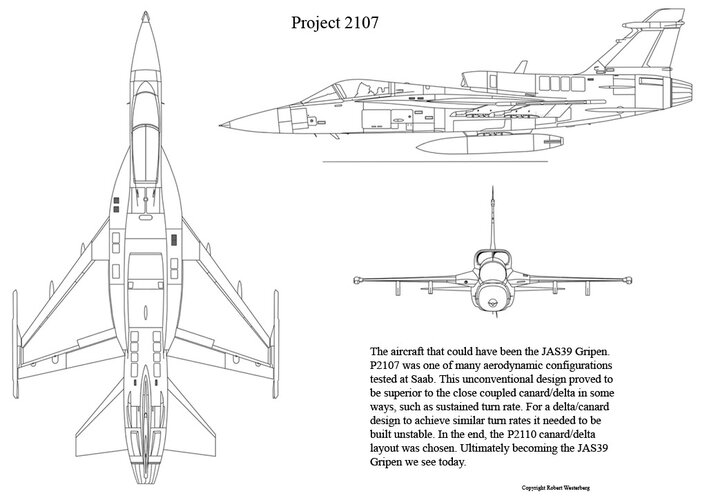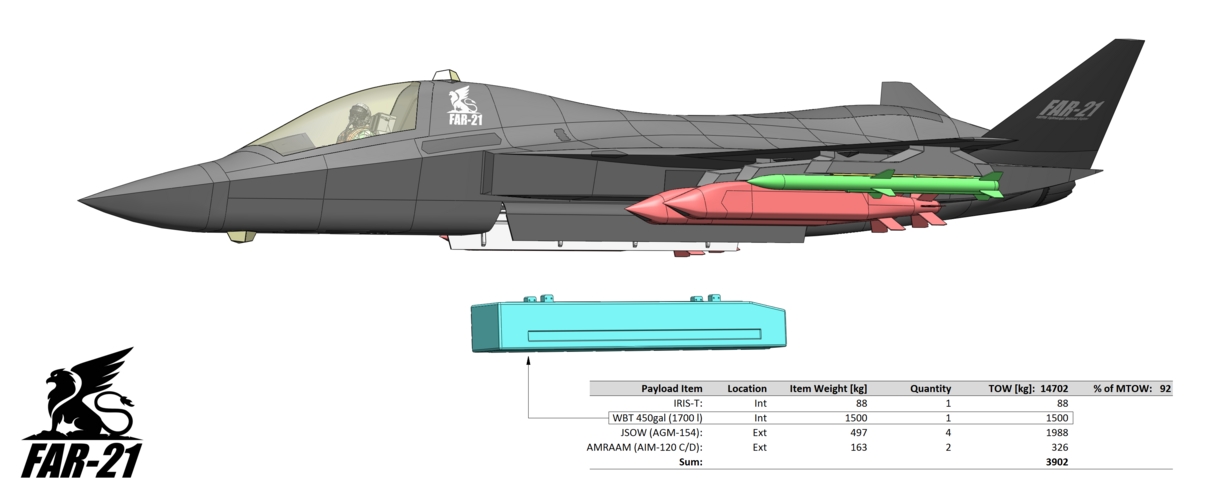Scott Kenny
ACCESS: USAP
- Joined
- 15 May 2023
- Messages
- 11,513
- Reaction score
- 14,087
While I haven't seen a breakdown, that doesn't mean someone on the forum hasn't found such a thing.I absolutely agree that electronic hardware and software is a big cost driver in a state of the art combat jet.
But it would be very interesting to see a reliable reference. Is it publicly known how the cost of airframe, engine, avionics, etc. of the F-35(A) is distributed?
I've been comparing cost of the Gripen to F-16 block 50/52.

